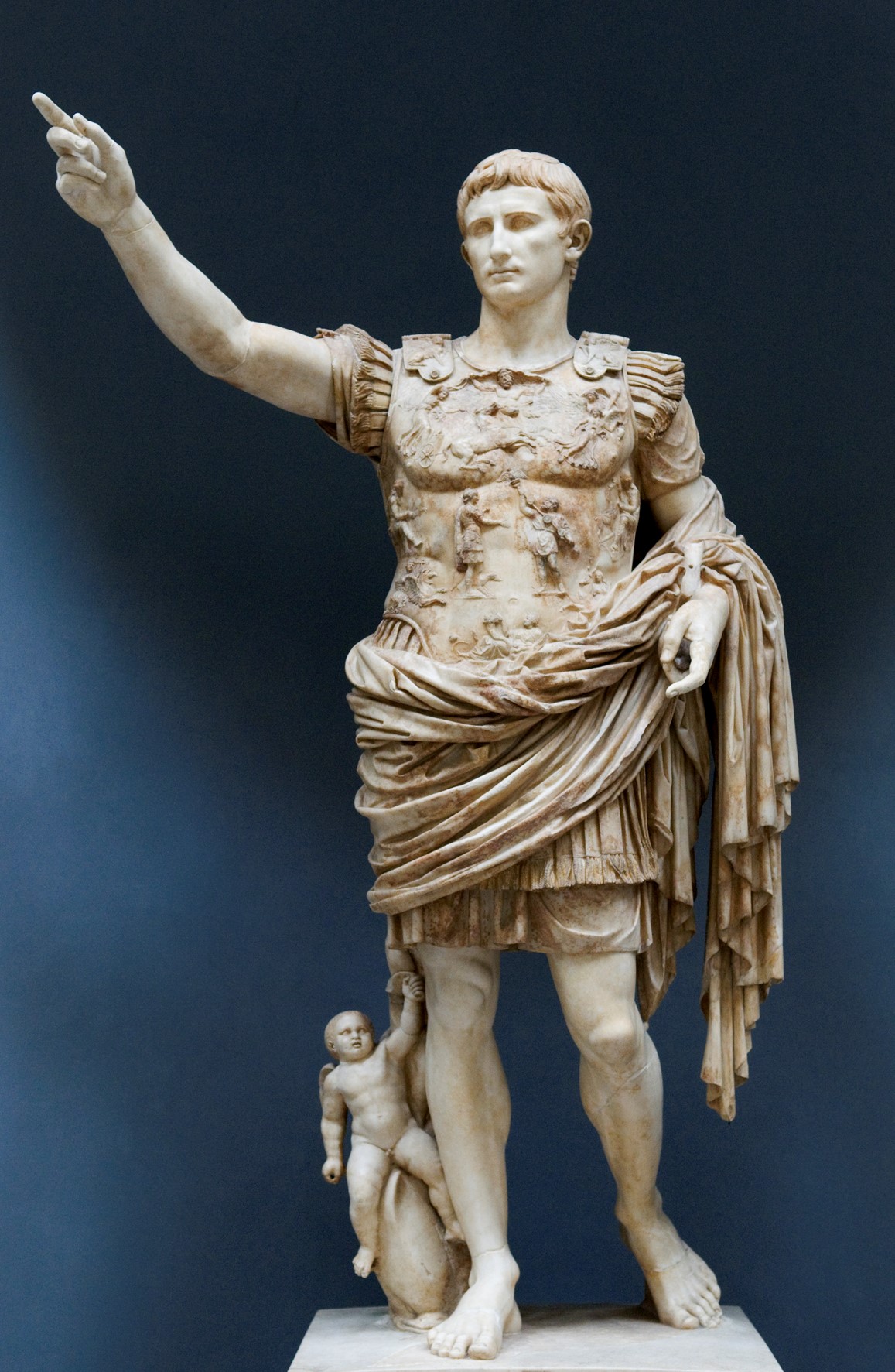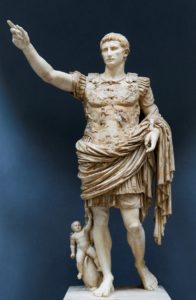
Luke 23:12 (ESV)
12 And Herod and Pilate became friends with each other that very day, for before this they had been at enmity with each other.
Ever wonder how enemies become friends?
In the middle of the trial of Jesus there is this footnote, without comment or remark. But the reader, who accepts and trusts the Bible as the inspired and inerrant word of God, will want to explore the meaning and purpose of this statement. It is obviously an editorial comment by Luke. This doesn’t diminish its inspiration, authority, or value. These kinds of comments are spread throughout the Gospels, and help to explain and clarify the passages in which they are found.
What was happening in Luke 23? Jesus has been betrayed by Judas, abandoned by the disciples, and denied by Peter. He is on trial here. To his credit, Pontus Pilate declares Him innocent three times, yet still delivers the Christ up to be crucified (Luke 23:25).
It should not, however, be missed that Jesus is on trial before two entities: the Jewish nation, as represented by the Sanhedrin, and the Gentile world, represented by Pilate. All the world condemned Him (see Acts 4:27)
Which brings us back to the original question: how do enemies become friends. Enmity (Luke 23:12) describes a serious hostility. It is a state of war. The New Testament uses this word (ἔχθρα) to describe the separation between Jew and Gentile, and sinner and God:
| Luke 23:12 | And Herod and Pilate became friends with each other that very day, for before this they had been at enmity with each other. |
| Rom 8:7 | For the mind that is set on the flesh is hostile to God, for it does not submit to God’s law; indeed, it cannot. |
| Gal 5:20 | idolatry, sorcery, enmity, strife, jealousy, fits of anger, rivalries, dissensions, divisions, |
| Eph 2:14 | For he himself is our peace, who has made us both one and has broken down in his flesh the dividing wall of hostility |
| Eph 2:16 | and might reconcile us both to God in one body through the cross, thereby killing the hostility. |
| James 4:4 | You adulterous people! Do you not know that friendship with the world is enmity with God? Therefore whoever wishes to be a friend of the world makes himself an enemy of God. |
Those familiar with the New Testament will quickly recognise the depth of anger between the parties who are held at enmity.
But these two men were enemies, but during the trial became friends. Now we know they did not unite in the sense found in Ephesians 2. We also know that Herod never confessed Christ (Acts 12:20-23). While it is possible that Pilate later came to know Christ, there is no extant evidence of that.
These two men became friends because that is what happens when they unite against Christ. Both oversaw his trial, condemnation, and crucifixion. Both approved, both consented. Both needed to see Jesus gone and done away with. Like John the Baptist, Jesus was a thorn in Herod’s conscience; and Pilate would not have word about this man get back to Caesar in Rome.
If opposition to Christ is what brings enemies together, then it can be understood why Islam and the LGBTQ+ can (in most of Europe, Australia, and North America) get along so well., “Queers against Islamophobia” banners can be seen in the gay pride parades around North America. The LGBTQ+ lobbies and their political allies defend Islam at every turn, while denying the fact that so-called “radical” Islam is normal Islam, according to the Quran and the Hadiths.
Looking at how the LGBTQ+ community is treated outside of the safety of the West one would think that these people would be more worried. Gays, lesbians, transsexuals, adulterers are routinely killed in Islamic governments. But in the West, it would appear that they are the best of friends.
This friendship is, of course, considered temporary by Islam. It serves a purpose. It could even be a form of Taqiyya, which is an Islamic form of propaganda where the non-Muslim is lied to about the true intent of Islam. Taqiyya is especially common in nations where the Muslims are in a minority and have little political influence. The LGBTQ+ is truly naïve if it thinks a future Sharia law will not be applied to them.
This is a friendship that cannot last. A friendship based upon a common enemy, when that enemy is Christ, is both doomed and cursed.
There is a true reconciliation for all men and women; it is not a reconciliation, friendship or peace that is one option among many, but the only one possible. This real friendship is not against Christ, but in Christ. “There is neither Jew nor Greek, there is neither slave nor free, there is no male and female, for you are all one in Christ Jesus” (Galatians 3:28) and that we have been made one in Christ (Ephesians 2:11-22).


 unspoken fact is that a “saviour” is already enthroned in Rome-Caesar Augustus, whose monuments declare him “saviour of the world.” Against this backdrop the anticipation of a savior within Israel seems fraught with danger, as the pious figures we meet in Luke’s Gospel invoke OT promises of deliverance. Zechariah speaks of a “mighty saviour” and of being “saved from our enemies” (Lk 1:69, 71 NRSV). Simeon, who has been looking for the “consolation of Israel,” thanks God that he has lived to see God’s “salvation” (Lk 2:30) in the face of the infant Jesus. And the aged Anna rejoices over the child in the presence of all who are “looking for the redemption of Jerusalem” (Lk 2:38 NRSV). John the Baptist also speaks of a great judgment and renewal within Israel associated with the coming of the Lord. Luke summarizes John’s activity with the biblical image of preparing a highway for the divine warrior so that “all flesh shall see the salvation of God” (Lk 3:6 NRSV; cf. Is 40:5 LXX).
unspoken fact is that a “saviour” is already enthroned in Rome-Caesar Augustus, whose monuments declare him “saviour of the world.” Against this backdrop the anticipation of a savior within Israel seems fraught with danger, as the pious figures we meet in Luke’s Gospel invoke OT promises of deliverance. Zechariah speaks of a “mighty saviour” and of being “saved from our enemies” (Lk 1:69, 71 NRSV). Simeon, who has been looking for the “consolation of Israel,” thanks God that he has lived to see God’s “salvation” (Lk 2:30) in the face of the infant Jesus. And the aged Anna rejoices over the child in the presence of all who are “looking for the redemption of Jerusalem” (Lk 2:38 NRSV). John the Baptist also speaks of a great judgment and renewal within Israel associated with the coming of the Lord. Luke summarizes John’s activity with the biblical image of preparing a highway for the divine warrior so that “all flesh shall see the salvation of God” (Lk 3:6 NRSV; cf. Is 40:5 LXX).